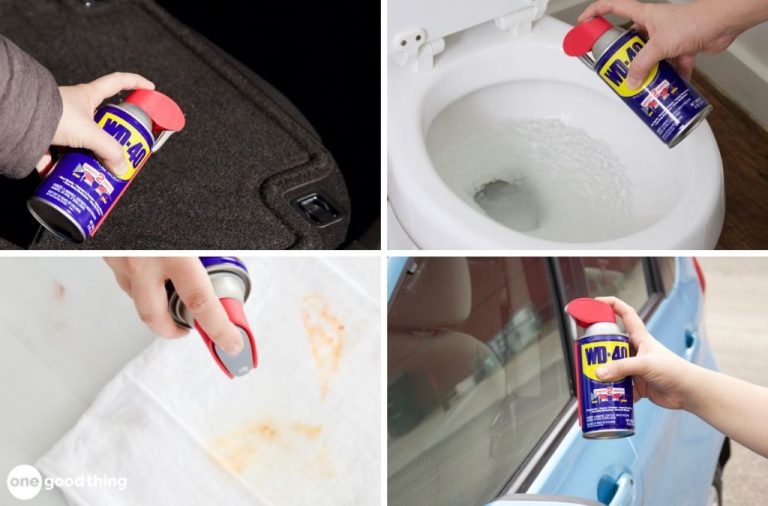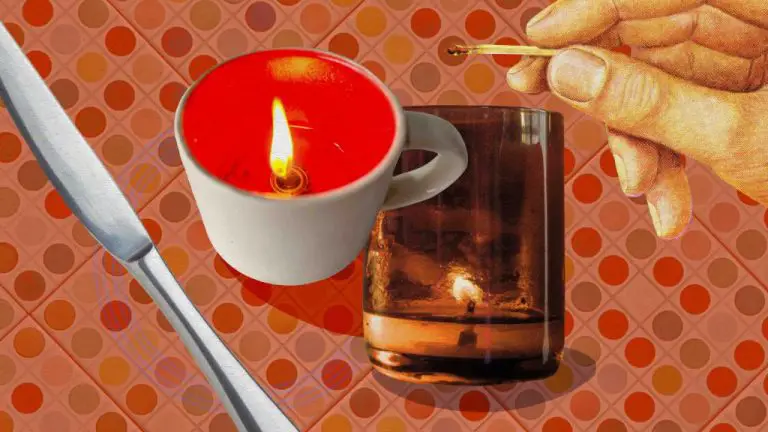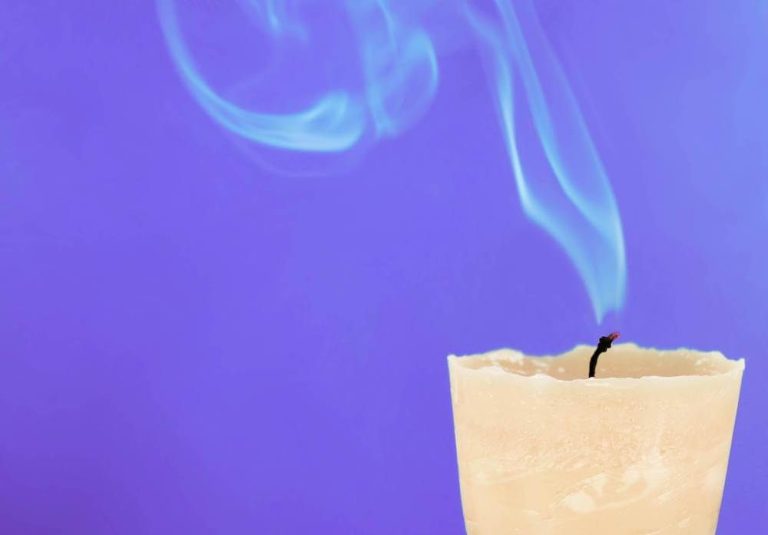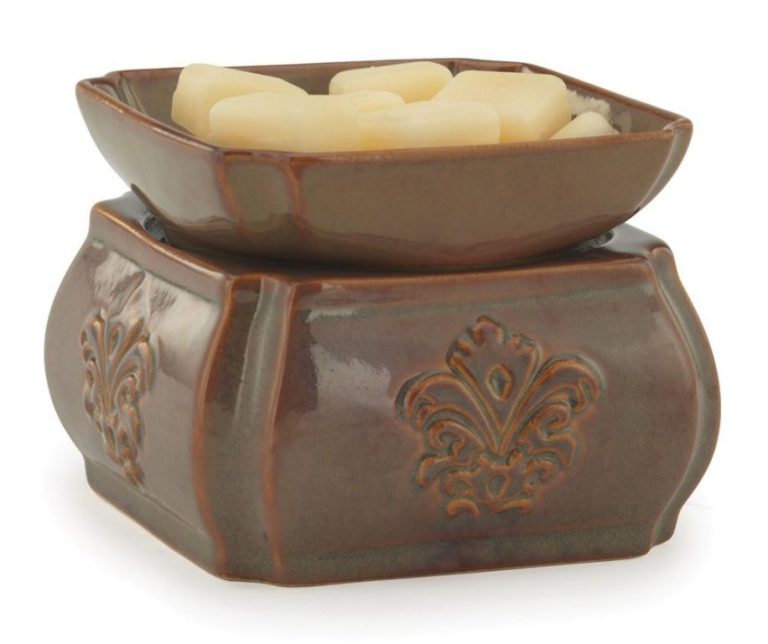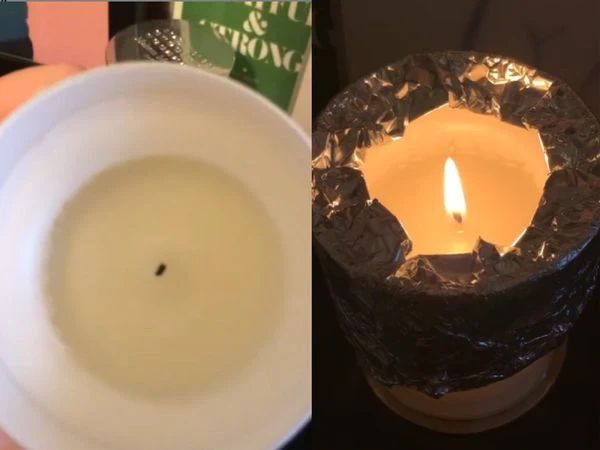How Often Should You Change The Reeds In A Diffuser?
Reed diffusers are decorative home fragrance devices that disperse essential oils into the air. They consist of a glass or ceramic vessel filled with fragrant oil and thin reeds that draw up the oil via capillary action and diffuse it into the surroundings.
The reeds in a diffuser serve as the “engine” that enable the diffusion process. Over time, the reeds will become saturated with oil and lose their effectiveness. At that point, they need to be replaced in order for the diffuser to continue working properly.
There are several factors that impact how often the reeds in a diffuser need to be changed out:
Reed Materials
The most common materials used to make reeds for diffusers are:
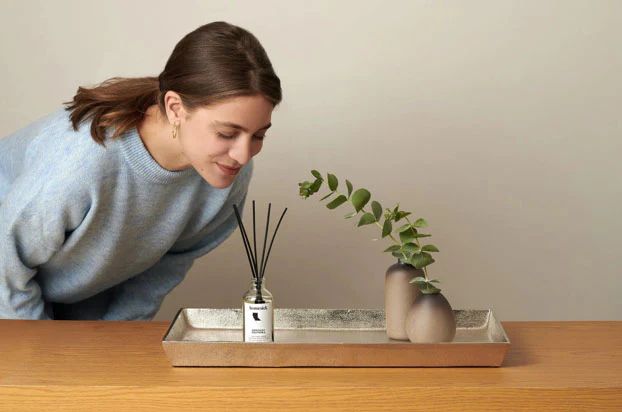
- Bamboo – Bamboo reeds are very affordable and absorbent. However, they can sometimes release tiny splinters into the oil which clogs the reeds faster. Bamboo also tends to be on the thicker side which can reduce diffusion (source: https://www.candlescience.com/reed-diffusers/).
- Wood – Wooden reeds like rattan or birch provide a high quality look and feel. They absorb and diffuse oils well. The downside is they are more expensive and can warp or crack over time (source: https://www.loveandmake.com/store/p554/diydiffuserkit.html).
- Plastic – Plastic reeds are very inexpensive and uniform in quality. However, some plastics can react poorly with certain essential oils. Plastic is also not as aesthetically pleasing. But it is a practical option.
- Glass – Glass reeds are uncommon but provide an upscale look. They don’t absorb oils so diffusion is very limited. Glass is also fragile and impractical for many diffuser designs.
Overall, bamboo and wood reeds provide the best combination of quality, price, and performance for most reed diffusers.
Reed Thickness
The thickness of diffuser reeds generally ranges from 2-4mm. Thicker reeds tend to last longer before needing replacement. Reeds that are 4mm thick or more can diffuse oils for up to 3 months, while thinner 2-2.5mm reeds may only last 4-6 weeks before needing to be changed (1).
However, thicker reeds diffuse oils at a slower rate than thinner reeds. While thicker reeds have longer lifespan, they provide less fragrance diffusion over time compared to thinner reeds. Thinner reeds around 2-3mm provide a good balance of reasonable longevity and strong fragrance diffusion (2).
When choosing reed thickness, consider the size of the room and your personal fragrance diffusion preferences. Larger rooms often benefit from thicker, longer lasting reeds, while smaller spaces may only require thinner reeds. Testing different thicknesses can help determine the ideal reed thickness for your specific diffuser and usage needs.
(1) https://www.reeddiffusers.org/store/diffuser-reeds.html
(2) https://www.reeddiffusers.org/store/3-mm-15-inch-diffuser-reeds.html
Essential Oil Usage
One factor that can impact how quickly reeds degrade is the type of essential oil used in the diffuser. Some oils, especially thicker or heavier oils like sandalwood, ylang ylang, and patchouli, can break down the reeds faster than lighter oils.
The chemical composition of various essential oils can react differently with the material of the reeds. Oils high in phenols, like clove, cinnamon, oregano, and thyme, tend to be more caustic. Citrus oils, like lemon, grapefruit, and orange, tend to be lighter and less degrading on reeds.
As a general rule, it’s recommended to use lighter, citrus-based oils in your reed diffuser to extend the life of the reeds. Some gentle options include lemon, grapefruit, bergamot, tangerine, and orange. Using these lighter oils can allow your reeds to last longer before needing to be replaced.
However, if you do want to use thicker or stronger oils occasionally, just be aware they may degrade the reeds faster. Consider flipping the reeds more frequently and watch closely for signs they need replacement if using caustic oils regularly.
No matter what oils you use, don’t let the unit run dry. Always keep enough oil in the base to soak the reeds. Allowing the reeds to dry out will damage them.
Ultimately, the type of oil used is just one factor impacting reed life. Monitor your diffuser closely and change reeds as needed, regardless of oil choice.
Water Quality
Hard water that contains minerals like calcium and magnesium carbonate can deposit minerals on the reeds and clog the reed openings over time.[1] This mineral buildup prevents the reeds from effectively absorbing and diffusing the essential oils. Using distilled or filtered water that has been demineralized can help prevent mineral deposits. Most diffuser manufacturers recommend using distilled or filtered water rather than tap water to extend the life of the reeds.[2] Tap water contains trace minerals that can buildup in the reeds, so filtered or distilled water is preferable.
Additionally, essential oils themselves can leave residue and clog reed openings. To prevent oil buildup, be sure to follow the recommended oil usage for your particular diffuser model. Using too many drops of essential oils can lead to excess residue on the reeds.
Usage Frequency
How often you need to replace the reeds depends heavily on how frequently the diffuser is used. Diffusers used daily or almost daily will require more frequent reed changes compared to those used only occasionally. The essential oils in diffuser reeds degrade over time due to factors like exposure to oxygen, light, and heat. Frequent use accelerates this degradation process.
One source recommends replacing reeds every 2-3 months for daily use diffusers, and potentially less frequently for occasional use (Source). The evaporation of essential oils into the air happens faster with regular diffusion. Over time, the reeds become saturated and lose their effectiveness and scent strength. Daily users may notice the scent weakening after 1-2 months, signaling it’s time for a change.
For diffusers used only occasionally, the reeds may maintain their scent for longer between changes. Infrequent use exposes the reeds to less heat, light, and air over time compared to daily diffusion. However, the general recommendations are to change the reeds every 2-3 months regardless of frequency, since the oils still degrade slowly even without use (Source). Paying attention to scent strength is the best indicator of when occasional use reeds need replacement.
Signs of Needing Replacement
There are a few key signs that indicate it’s time to replace the reeds in your diffuser:
Reduced diffusion. As reeds become saturated over time, they can begin to clog and lose their ability to effectively diffuse oils into the air. You’ll notice the scent is much weaker than when you first filled the diffuser (1).
Clogging. Oils, dust, and other debris can build up on the reeds, blocking the pores and preventing diffusion. Examine the reeds and look for any sticky buildup or residue (2).
Breakage. Brittle, dried out reeds are prone to cracking or breaking when handled. Fragile, damaged reeds won’t diffuse properly. Replace immediately if any reeds are broken (3).
Visible buildup or damage. Inspect the reeds for any discoloration, brittleness, bending, or other signs of wear. Healthy reeds should be relatively straight, flexible, and uniform in color (1).
If you notice any of these signs, it’s a clear indicator that the reeds need to be replaced for optimal diffusion.
Standard Recommendations
The most common advice is to change the reeds in a diffuser every 2-3 months 1, 2, 3. However, the ideal frequency depends on several factors:
Extending Reed Life
Proper care and maintenance of your reed diffuser can help extend the life of the reeds. Here are some tips for making your reed diffuser last longer:
Limit diffuser usage to 3-4 hours per day. Constant diffusion can lead to the reeds drying out faster (https://shiora.com.sg/blogs/do-you-know/how-to-make-my-diffuser-last-longer-shiora-singapore). Turn off the diffuser when not needed.
Store reeds upright in the oil when not in use so they stay saturated (https://www.quiet-blue.com/blogs/news/how-long-do-reed-diffusers-last-how-to-make-them-last). Laying them flat allows the fragrance oil to evaporate.
Use high quality essential oils. Pure oils retain their fragrance better than synthetic fragrance oils (https://shiora.com.sg/blogs/do-you-know/how-to-make-my-diffuser-last-longer-shiora-singapore).
Keep the reeds clean by wiping with a soft cloth between oil changes to remove any dust or residue (https://homesick.com/blogs/news/how-long-do-reed-diffusers-last).
Change the oil regularly, about every 2-3 months. Old oil loses its scent quickly (https://homesick.com/blogs/news/how-long-do-reed-diffusers-last).
Conclusion
In summary, there are several key factors that impact the lifespan of diffuser reeds including the reed material, thickness, essential oil used, water quality, and usage frequency. Monitoring your reeds for signs of degradation like fading scent, discoloration, brittleness, or breakage can help determine when it’s time for replacement. While recommendations vary, most sources suggest replacing reeds every 2-3 months for optimal diffusion. Changing the reeds regularly improves the diffusion of essential oils, keeps the fragrance stronger, and allows the oils to permeate the air effectively. Proper reed replacement helps maintain your diffuser’s performance and fragrance.

